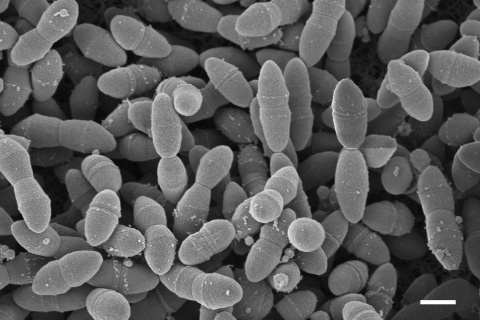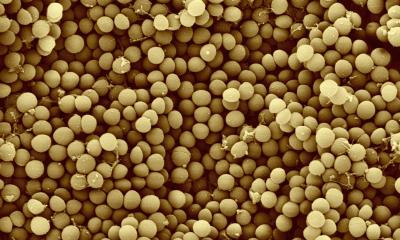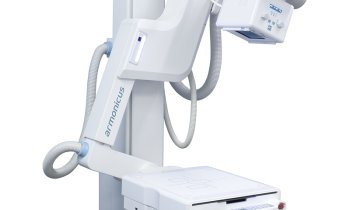News • Detecting bacteria
After joint replacement: Novel method of isolating infecting organisms
Next-generation Genomic Sequencing could help identify infecting organisms and guide treatment for patients with joint-replacement infection
This method can help detect pathogens that we would otherwise miss using standard approaches, namely culture
Javad Parvizi
Joint replacement surgery carries the risk of developing an infection in the replaced joint, which can lead to a so-called revision or re-do of the joint replacement. However, current diagnostic practices can fail to detect bacteria in 30-50 percent of clinical cases, complicating or delaying appropriate treatment. Thomas Jefferson University researchers have found that genomic analysis using next generation sequencing (NGS), can identify infecting organisms in over 80 percent of cases of infected joint replacement that had previously escaped detection. The research was published January 17th 2018 in the Journal of Bone and Joint Surgery. “This method can help detect pathogens that we would otherwise miss using standard approaches, namely culture,” said senior author Javad Parvizi, MD, Vice Chairman of Research and Professor of Orthopedic Surgery at the Rothman Institute at Thomas Jefferson University. “The study has revealed unexpected pathogens and let us to select more appropriate and effective treatments for patients.”
An unexpected find

In order to test the ability to isolate infective organisms, Dr. Parvizi and colleagues prospectively enrolled patients undergoing a revision joint replacement over a 9-month period in 2016, and assessed for organisms identified using traditional method: culture, side by side with NGS. The results showed that NGS identified organisms in 89 percent of infected cases versus 61 percent with culture. Furthermore, NGS was able to detect the pathogen in 81 percent of the cases that were negative for pathogens by the standard culture method, and which would have been missed otherwise.
One patient, whose case was described in a separate paper in Arthroplasty Today, reported to the emergency department with an infected joint replacement. Although standard culture was unable to identify the pathogen, NGS diagnostic tests resulted in an unexpected finding: The infection was caused by Streptococcus canis, an organism found in dogs. Further questioning of the patient confirmed that he had been scratched by his dog a few days prior to the joint infection. Once the pathogen was known, the patient could be switched to more effective antibiotics and recovered well. “The fact that we can use this technology to detect organisms in culture-negative patients with an infected prosthesis may be significant, and could help us provide targeted treatment for these patients,” said co-author Karan Goswami, MD, a research fellow and PhD candidate affiliated with the Rothman Institute at Jefferson. “However, further study is required to validate our findings in larger numbers and determine the significance of NGS signal on treatment outcomes. A multicenter trial is underway to explore this question.”
The American Academy of Microbiologists (AAM) recently published a report supporting the use of NGS, stating, “…NGS has the potential to dramatically revolutionize the clinical microbiological laboratory by replacing current time-consuming techniques with a single all-inclusive diagnostic test.”
“Because of its promising role in diagnosing patients with periprosthetic joint infection, we have already begun to use the genomic test at our institution to isolate organisms in patients with suspected joint infection. NGS has provided critical information for the management of cases of periprosthetic joint infection at our institution, and we work closely with our microbiology colleagues to optimize treatment for these patients” said Dr. Parvizi.
Source: Thomas Jefferson University
19.01.2018











